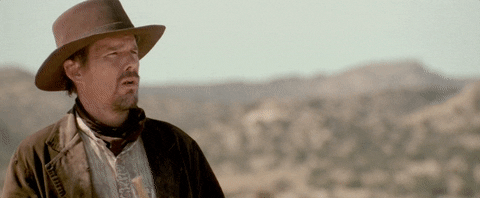Where’s the beef?
Apparently not on farms… at least not as many head as there were last year.
That’s according to the Cattle Inventory Report just released by the National Agricultural Statistics Service (NASS). In fact, the size of the U.S. cattle herd is smaller than it’s been in seven years.
By the numbers: With numbers shrinking by 2% since last year, the NASS estimates only 30.1M beef cows nationwide. The total cattle numbers? Down to 91.9M.
So… how’d we get here? The downsizing is largely due to severe drought conditions in the West. When Mother Nature shut off the faucet and grazing land dried up, more cattle were sent down the road to the slaughterhouse.
State-by-state shrinks and swells: Although several states saw dwindling herd numbers, Montana reported the largest decline—down over 10% since last year, and now with the smallest number of cattle since 1988.
But not every state saw significant shrinkage. Idaho reported record-high numbers (2.55M head), and Alaskan herds were also feeling non-polar bearish, reporting a whopping 5,900 head… a new state record.
More things to consider: High beef prices should have resulted in a law-of-supply mega-boost to producers last year, but bottlenecks at processing plants (thanks again, COVID) prevented ranchers from receiving that price signal and expanding their herds.
Where this goes: The president’s plan to invest $1B in the meat-packing industry will expand processing capacity. With strong U.S. beef demand across the globe, that should result in a good payday for producers.
And with herd numbers expected to decline for a couple more years, consumer prices will likely remain at record levels.

